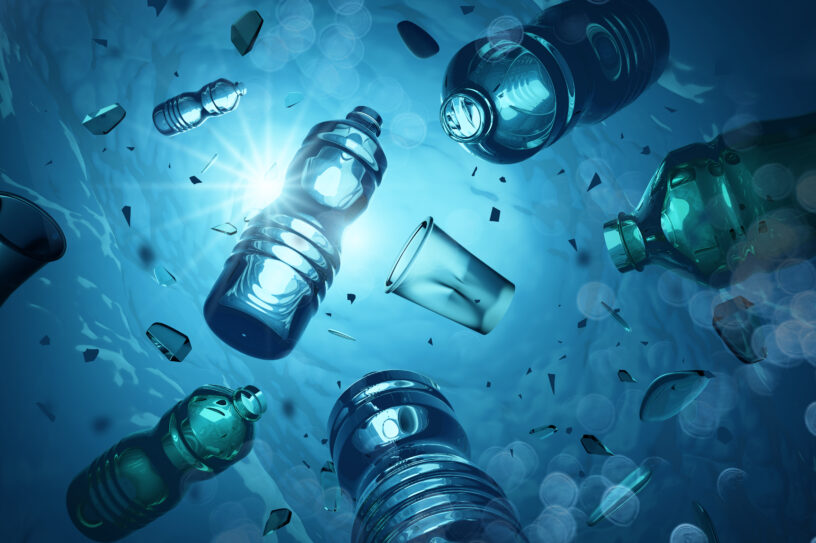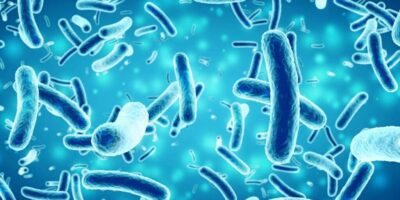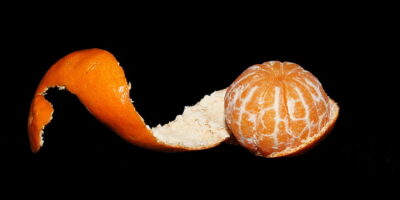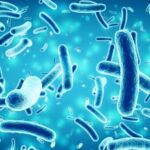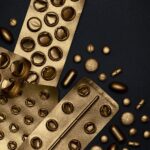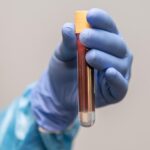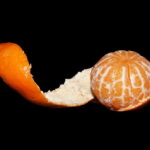The modern issue of plastic pollution in landfill sites and the global water supply is widely recognized among the general public. Burning these plastic waste generates toxic emissions and contributes to carbon emissions. Hence, it is necessary to come up with innovative and efficient methods of plastic degradation. Attempts of biodegradation using environmental bacteria till now are disappointingly slow and this is due to plastic not being a natural carbon source for these microorganisms. Additionally, considering that plastic has only been in existence for roughly a century, these microorganisms did not have the time to adapt and evolve to efficiently degrade plastic. The scientists therefore wanted to observe whether applying selective pressure of having no carbon source other than the plastic, on bacteria with already present potential of degrading plastic will drive these bacterial communities to express genes involved in producing enzymes associated with biodegradable activity.
Previous studies have already shown a strong connection between the presence of bacteria capable of degrading plastic and the abundance of plastic waste in an area. Using this link, the study aimed to identify which type of plastic supports the formation of bacterial biofilms to increase the odds of discovering these plastic-degrading microorganisms. This was achieved by testing four common plastic types with a strain of E. coli carrying a gene capable of producing an enzyme known to induce biofilm formation. This allowed all plastic types to host bacteria with equal biofilm-forming potential. Weight normalization was used for comparison since relying on surface area measurements could be inaccurate due to surface variations. Expanded Polystyrene (EPS) displayed the highest level of biofilm formation and this suggests that it could be a valuable source of bacteria with the ability to break down plastic.
To explore this further, the scientists collected sixteen pieces of EPS plastic found along the coast of Ireland, selecting them based on visual similarity, and confirmed them as EPS using FTIR analysis. This unique approach sets this study apart from previous research, as it focuses on gathering the bacterial community directly from the plastic materials in their natural environment, rather than isolating bacteria from soil or water in plastic-contaminated areas or from controlled plastic introduced in the environment. Each plastic piece was then halved, with one half immersed in a nutrient-rich broth and the other half placed in a medium devoid of a carbon source but rich in salt, simulating a sea-water-like environment before being cultured in a broth.
The bacteria cultured in nutrient-rich broth without any selective pressure is termed the original community while the culture that had selective pressure applied to it was termed the enhanced community and each was labelled from 1 to 16 based on the plastic that it was collected from. Cultures from both communities were preserved in glycerol stocks for further investigations and spotted on PCL agar plates to assess their PCL degradation capabilities. Remarkably, the enhanced communities exhibited a substantially higher degradation of PCL, in contrast to the original communities, indicating that the original community had been compelled to enhance its plastic degradation capacity due to the selective pressure applied.
The most promising culture, originating from plastic number 13, was chosen for a more detailed investigation at the single colony level. A comparison of 150 colonies from both the enriched and original communities repeated the trend, with the enriched community harboring more colonies displaying PCL degradation ability suggesting that the bacteria with this capability were either scarce in number in the original community or that the enzymes associated with this capacity were not adequately expressed.
Metagenomic analysis of the Polystyrene 13 (PS13) communities, both original and enriched, unveiled a significant difference. While the original community exhibited diverse bacterial species, the enriched community was overwhelmingly dominated by Pseudomonas stutzeri, with a minor presence of Pseudomonas sp. R2A2. Selective pressure dramatically reduced diversity, favoring Pseudomonas stutzeri as the primary PCL-degrading bacterium. 16S RNA sequencing further showed this same exact strain of bacteria as the primary strain responsible for the degradation of the other enhanced communities from other plastics as well.
Upon more detailed studies of this bacteria using various assays, it was proven that it can metabolize PCL and can use PCL as the only carbon source for growth. They conducted similar experiments as the initial one where an E. coli strain was used, and confirmed that it also attaches the most to EPS. A whole genome-sequencing of Pseudomonas stutzeri was then conducted and two genes with potential of encoding a polystyrase was identified and were named Pseudomonas stutzeri polyesterase 1 and 2 (PS1 and PS2). It was found that PS1 had the ability to produce enzymes that are very similar to previously known enzymes with the ability to degrade PET while Ps2 had sequences to a few other known sequences in the database with similar associated abilities.
These results surprised the scientists and justifiably so as this particular bacterial strain is very understudied for this specific ability compared to other environmentally isolated strains. Only studies that involved Pseudomonas stutzeri had studied it as a part of a community of 10 species with plastic degrading ability without analyzing the specific contribution of each strain. Another study found that it couldn’t grow in the presence of plastic and the scientists think it’s because a lab sample of the bacteria was used, instead of an environmental strain which was exposed to plastic pollution and had the chance to develop the ability to degrade plastic.
The findings of this study have raised important questions about the scope and potential of this bacterial strain’s plastic-degrading abilities. The scientists mentioned that the bacteria’s plastic-degrading abilities might not work the same way on EPS, and they stressed the importance of conducting more extensive research on these bacteria. They also noted that further studies on the enzymes that they produce can also give valuable insight into how plastic can be degraded more efficiently, thus leading to a greener and cleaner future.
Source:
Howard, S. A., Carr, C. M., Sbahtu, H. I., Onwukwe, U., López, M. J., Dobson, A. D., & McCarthy, R. R. (2023). Enrichment of native plastic‐associated biofilm communities to enhance polyester degrading activity. Environmental Microbiology.
